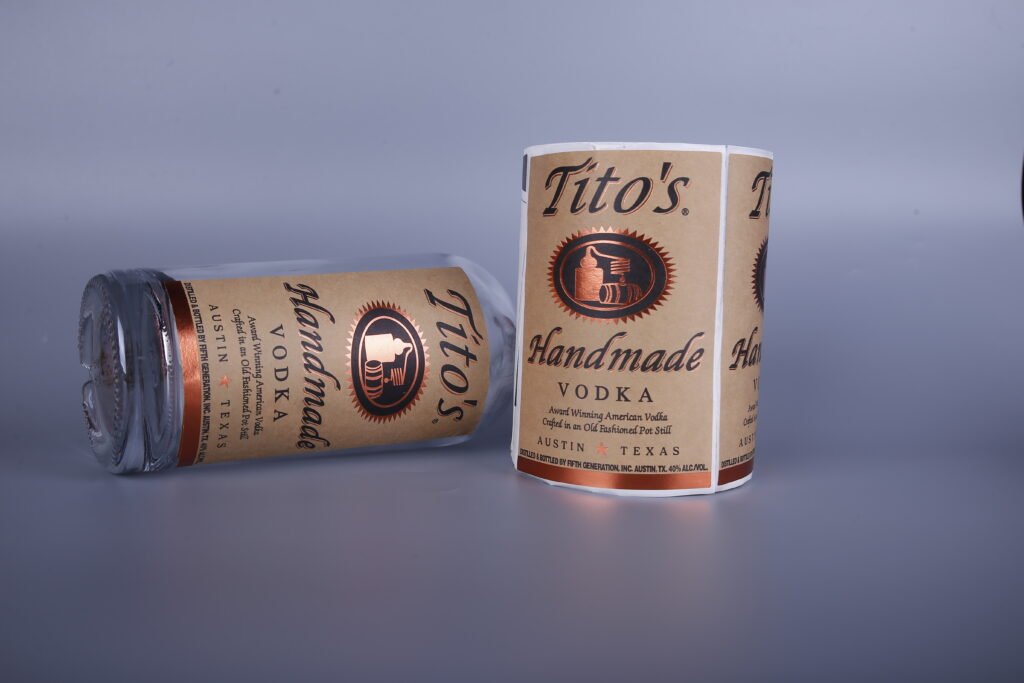Introduction:
A unique wine label isn’t just about looks—it’s a key aspect of your brand’s identity, influencing consumer decisions on the shelf. In this guide, we’ll explore how to design wine labels that capture attention, adhere to legal requirements, and align with your brand’s message. From bold design choices to color psychology, discover the best strategies for creating a wine label that truly stands out.
The Importance of a Unique Wine Label
First Impressions Matter
Your wine label is often the first interaction a consumer has with your product. A captivating design piques curiosity and drives purchasing decisions. Whether it’s elegant, rustic, or modern, your label has just seconds to communicate the essence of your brand.
Building Brand Identity
Your wine label reflects your brand’s story. It’s not just about design; it’s about communicating your values—whether that’s elegance, tradition, or innovation. Consistency across your labels strengthens your brand identity, fostering consumer trust and recognition.
Design Elements to Make Your Wine Label Stand Out
Typography and Font Choices
Typography plays a critical role in defining your wine’s personality. Choose a font that complements the vibe of your wine—sophisticated fonts for luxury wines, quirky or playful fonts for craft or fruit wines. Custom typography ensures your label stands out and speaks to your target audience.
Color Psychology in Wine Labeling
Colors can evoke different emotions and perceptions. Rich, dark colors like deep reds or golds evoke elegance, while bright colors may appeal to a more youthful or adventurous audience. By understanding color psychology, you can design a wine label that creates the desired emotional connection.
Using Imagery and Illustrations
Graphics and illustrations are powerful tools to convey your brand’s narrative. Whether you use intricate, detailed illustrations for a premium feel or bold, simple designs for a contemporary look, ensure that your visuals align with your brand’s story and your target market’s preferences.
Navigating Legal and Regulatory Requirements
Understanding Wine Labeling Compliance
Wine labels must adhere to strict legal standards, which can vary from country to country. In the U.S. and Canada, these regulations include the alcohol content, ingredients, health warnings, and required regulatory symbols. It’s crucial to design a label that complies with these rules while maintaining a visually appealing design.
Transparency and Consumer Trust
Clear and accurate labeling builds trust with your consumers. Avoid misleading claims and ensure that your label is easy to read. By following legal guidelines, you demonstrate transparency—an increasingly important value to today’s informed consumers.
Trends in Wine Labeling
Minimalist Labels
Less is more. Minimalist labels focus on clean, simple designs with essential information, making your product feel modern and sophisticated. This trend is especially popular for premium wines or boutique wineries that emphasize quality and refinement.
Vintage and Retro Styles
Nostalgia is a strong motivator for wine consumers. Vintage-inspired labels appeal to those who seek authenticity and a sense of history. Consider incorporating retro fonts, classic imagery, and traditional design elements to create a timeless appeal.
Eco-Friendly Labels
Sustainability is gaining momentum. Many wine brands are opting for eco-friendly, recyclable, or biodegradable labels to meet the demands of environmentally conscious consumers. Sustainable labeling also aligns with broader trends in conscious consumption and eco-friendly packaging.
Conclusion
Creating a unique wine label involves blending creativity, branding, and legal compliance. By focusing on design elements like typography, color, and imagery, while also ensuring your label meets regulatory standards, you can craft a product that stands out on the shelf. Stay informed about design trends, prioritize transparency, and create a label that resonates with your consumers’ values.






